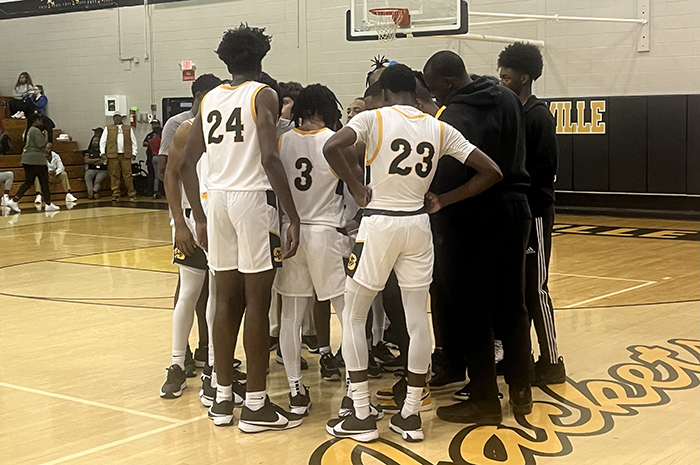
BankFirst Capital Corporation announced a merger last week with Tate Financial, the parent company of Sycamore Bank in Senatobia. It’s Columbus-based BankFirst’s fifth acquisition in the past seven years, and it is expected to close in September.
When the merger is complete, BankFirst will have $2.5 billion in total assets, up from its current $2.2 billion. It will also add to its current 370 employees at 41 locations in Mississippi and Alabama.
BankFirst president and CEO Moak Griffin said Sycamore Bank customers won’t see any significant changes to their banking experience, other than the name change to BankFirst once the two banks combine their operating systems around December or January.
Since 2015, BankFirst also has acquired Newton County Bank, First National Bank of Central Alabama, Traders and Farmers Bank and The Citizens Bank of Fayette. The latter two acquisitions came in 2020 and 2021, respectively.
“We want the markets they’re in to be markets that we’re all familiar with,” Griffin said. “We usually buy the market leader in deposits in their county or in their county areas that they bank in.”
Those markets tend to show increased growth in small business loans, personal banking and real estate, Griffin said, making them prime candidates for acquisition.
BankFirst’s continued acquisitions seem to buck an industry trend. Bank mergers hit a 42-year low of 164 nationwide in 2021, according to an analysis from BankingStrategist.com. The highest merger total in that time frame was 725 in 1997.
Griffin credits the COVID-19 pandemic for the downturn in mergers. He said BankFirst’s business strategy, reputation and strength in the banking community helped it press forward during that time.
“What slowed mergers or acquisitions down in Mississippi and Alabama was the fact that post-pandemic, the bankers that would be acquiring other banks just kind of wanted to see what the ripple effects might be,” he said.
BankFirst was not alone.
Cadence Bank, based in Birmingham, Alabama, announced its merger with Tupelo-based BancorpSouth and finished its acquisition on Oct. 29, 2021. The two banks are currently in the process of merging the computer operating systems that they use to run their accounts and services. They plan to complete that process by this fall. They do not expect customers to see much difference except for a logo change.

“From a customer standpoint, probably very few changes take place,” Cadence chairman and CEO Dan Rollins said. “In Columbus, we have good bankers down there in the market and those bankers will still be there doing what they do best.”
Regional and local banks consolidating expands assets, but it also allows banks to offer more services to their customers, Mississippi State University associate professor of finance Alvaro G. Taboada said. Adding to this point, the competition posed by financial technology services like Lending Tree, an online business platform that helps borrowers connect with multiple loan operators to find the best rates, further incentivizes banks to consolidate.

Taboada believes an increase in financial technology services that target the same small business and customers creates a challenge for smaller banks, causing them to consolidate with larger operations to have access to more online banking services that they might not have by staying totally independent.
“That has been a contributing factor to a lot of these smaller banks and regional banks merging and growing to be able to compete with and basically adapt some of these new technologies that obviously have popped up over the last few decades,” Taboada said.
Rollins said the trend is noticeable.
“The number of banks in my lifetime has gone from 10,000 to a couple of thousand in the United States,” he noted.
You can help your community
Quality, in-depth journalism is essential to a healthy community. The Dispatch brings you the most complete reporting and insightful commentary in the Golden Triangle, but we need your help to continue our efforts. In the past week, our reporters have posted 46 articles to cdispatch.com. Please consider subscribing to our website for only $2.30 per week to help support local journalism and our community.







